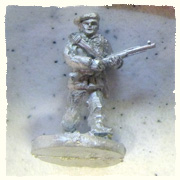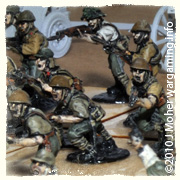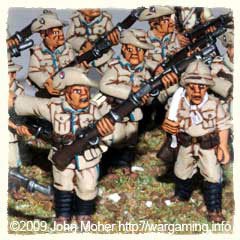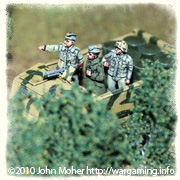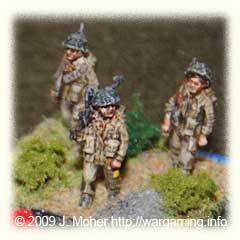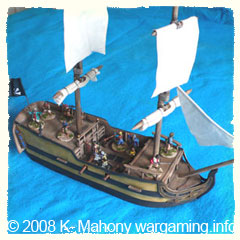
Avast! Get ye grog and hornpipe smartly, lubbers, for a beauty she will be and we must Jolly the Roger! Aye!
Kieran Mahony continues his account of building a Pirate Ship to the plans by Gary Chalk (of Wargames Illustrated Magazine) from Avast! Ye Lubbers: A Pirate Ship in 28mm [Part 1].
Details Around The Deck
I added some balsa strips around the door and also made it look like there are steps between the different deck levels. I extended some of the strips up to the main deck to make a handrail…
Continue reading “Arrr! A Buxom Beauty: A Pirate Ship in 28mm [Part 2]”
![Arrr! A Buxom Beauty: A Pirate Ship in 28mm [Part 2]](https://wargaming.info/wordpress/wp-content/uploads/2010/12/pirate_ship022.jpg)
![Avast! Ye Lubbers: A Pirate Ship in 28mm [Part 1]](https://wargaming.info/wordpress/wp-content/uploads/2010/12/pirate_ship007.jpg)
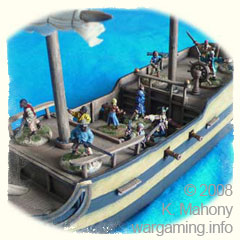
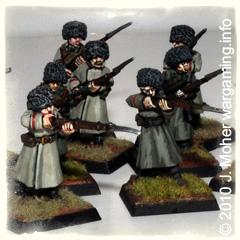
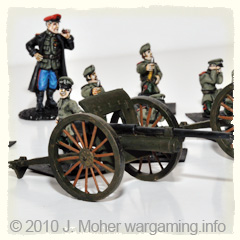
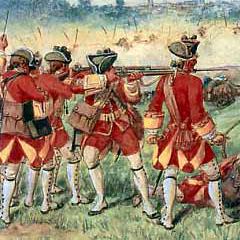
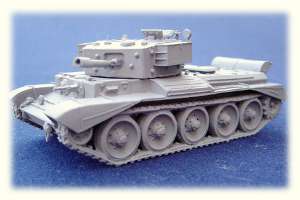
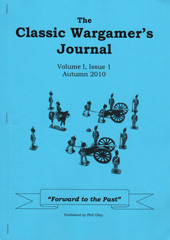 Following on from the Pilot Issue (
Following on from the Pilot Issue (